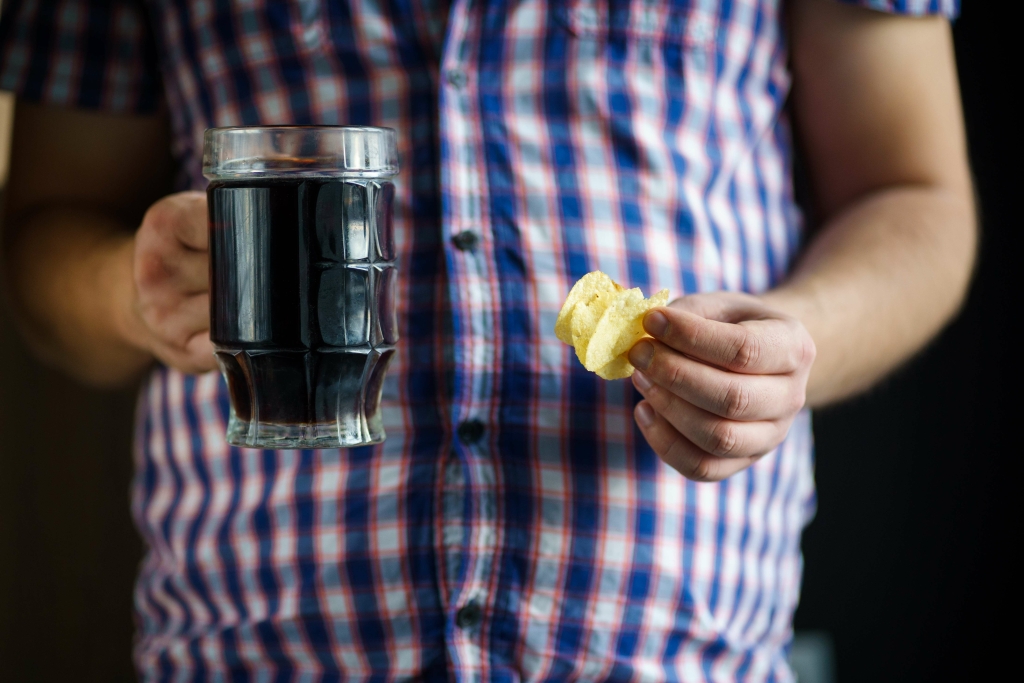However, challenges remain, including a lack of awareness about alcohol-related harms, insufficient regulatory structures, and the influence of the alcohol industry on policy-making. A 2022 study suggests that alcohol can amplify emotional experiences in social contexts, potentially enhancing the quality of social interactions and contributing to a sense of well-being. Additionally, moderate alcohol intake is linked to low health risks for many individuals and may be related to the presence of beneficial compounds like flavonoids found in wine. For the elderly, those aged 65 and older, the rates of binge and heavy drinking are relatively low, with only a slight difference between the two (5.1% vs. 4.4%). On the other hand, young adults exhibit significant cohort effects, with current generations showing a later onset and peak of alcohol use compared to previous generations. This shift is influenced by social norms, roles, and values, as well as policy interventions such as changes in minimum legal drinking age laws.

Additionally, the density of liquor stores in minority communities can impact access to alcohol and subsequent consumption patterns. Studies have also shown that the introduction and spread of alcohol in various societies have led to distinct cultural attitudes towards drinking. The presence of alcohol in communities and its accessibility, often influenced by socioeconomic factors, have shaped drinking behaviors and social dynamics. Research suggests that the interaction between cultural background and alcohol can be complex, with factors such as immigration, discrimination, and the availability of alcohol playing roles in shaping social drinking patterns. Seeking help for alcohol addiction is a crucial step toward a healthier life. Drinking socially might seem harmless, but when it becomes frequent or leads to risky behavior, it’s time to take action.
With these interventions, people can find health and happiness in sobriety. http://www.striveindep.com.au/tapering-off-alcohol-is-it-safe-and-should-you-do/ Global patterns reveal that higher-risk drinking is most prevalent among men in their early twenties in high-income countries, followed by a decline in older age groups. Additionally, there has been a generational shift with younger people, including millennials, increasingly practicing moderation and abstinence, contrasting with the heavier, more embedded drinking patterns of post-war ‘boomers’. Whether you are struggling with addiction, mental health or both, our expert team is here to guide you every step of the way.
These figures also do not include some medical and mental health conditions that are the result of alcohol abuse. According to the Centers for Disease Control and Prevention (CDC), the cost of excessive alcohol use in the U.S. alone reaches $249 billion annually. Around 77% of that is attributed to binge drinking, defined as four or more alcoholic beverages per occasion for women or five or more drinks per occasion for men. For every 2,000 people in the state, at least one of them will die because of alcohol use each year. To help prevent this, we’re helping answer important questions about alcohol use and alcohol use disorders. Today we’re talking about social alcoholics, what they are, and how to recognize if you are one.
Fourthly, we analysed social networking at the friends’ level, but we were unable to take into account the drinking behaviours across contexts. For instance, respondents may drink more at bars than at home or vice-versa 15. In one study in Denmark, for example, heavy drinkers more often reported drinking at home with family/friends than in licenced areas 19. Secondly, many studies examining the effect of social capital on alcohol measures used observational data sets. Since social capital indicators are also likely to be influenced by alcohol use, the relationship between the two may be simultaneously determined, in which case the results will be biased and inconsistent. There are, however, some exceptions that addressed this issue through the instrumental variable approach 14, 17, 25.
When analysing the average social capital indicators, i.e., community effects, independently, we found that individuals who reported high social support were less likely to engage in heavy episodic drinking. Thus, our result suggests that adequate support may help as a buffering mechanism against risky health behaviour by reducing stressful actions 7. Our weak results for the effect of the average values of social interaction, membership, and trust variables on heavy episodic drinking partially agree with previous findings from other egalitarian social alcohol societies, i.e., Sweden. However, this relationship may be moderated by other individual-level variables, such as drinking status, gender, race, and ethnicity (CDC 2012; Karriker-Jaffe et al. 2012). Therefore, future studies should clarify these associations by simultaneously examining the roles of these factors, particularly within meta-analyses that could capitalize on increased power to identify significant moderating effects.
However, alcoholism covers a spectrum and many people are “high-functioning alcoholics.” High-functioning alcoholics seem to have it all together on the outside. On the inside, however, they’re dealing with physical and emotional issues from binge drinking. According to the National Institute on Alcohol Abuse and Alcoholism (NIAAA), “low-risk” drinking for females consists of no more than 7 drinks per week and no more than 3 drinks per sitting. For males, it consists of no more than 14 drinks per week and no more than 4 drinks per day. Immigrant communities may experience shifts in drinking patterns due to exposure to new social networks and varying levels of discrimination, which can influence alcohol use and misuse.

If you need help to quit or limit your drinking, the Department of Defense provides screenings to help identify what type of support you need and what treatment would work best for you. They offer inpatient, partial inpatient and outpatient treatment options. Men consume alcohol significantly more often than their female counterparts – a fact that is true of both the US and the UK. In the States, 47% of men drink often versus 31% of women, and more than twice the amount drink ‘very often’ (24% vs 11%). In 2014, nearly amphetamine addiction treatment 88 percent of people 18 and older reported drinking alcohol at some point in their lives, per the National Institute on Alcohol Abuse and Alcoholism. The wide availability of alcohol has contributed to its use during many special occasions.
You’ll also have the opportunity to connect with our licensed Reframe coaches for more personalized guidance. The Reframe app equips you with the knowledge and skills you need to not only survive drinking less, but to thrive while you navigate the journey. Our daily research-backed readings teach you the neuroscience of alcohol, and our in-app Toolkit provides the resources and activities you need to navigate each challenge.
Furthermore, some studies examined the relationship between social capital and the outcome of interest at the neighbourhood level to mitigate the problem. In this regard, the present study sought to provide a new perspective on the relationship between social capital indicators and alcohol consumption using an approach commonly used to study peer effects 28. Furthermore, research from the Journal of Adolescent Health indicates that exposure to alcohol consumption through social media can lead to increased drinking and binge drinking behaviors among adolescents (Nesi et al., 2017). This suggests that the digital social environment can also play a significant role in shaping drinking habits.
For these individuals, alcohol and social situations could be problematic. Researchers noted that alcohol increased social bonding among strangers randomly assigned to groups of three. The alcohol drinkers were more engaged than those drinking nonalcoholic beverages in discussions. The social drinkers were also more likely to involve everyone in these conversations.
Support groups like AA (Alcoholics Anonymous) provide peer support and accountability. Being surrounded by others who understand the challenges of alcohol addiction helps individuals feel less isolated in their struggles. Regular meetings encourage open discussions, personal reflection, and a commitment to sobriety through shared experiences and structured guidance, such as the 12-step program. Cognitive-behavioral therapy (CBT) helps identify and manage emotional triggers.
Copyright © 2024. Designed by WordPressRiver
Leave a Comment